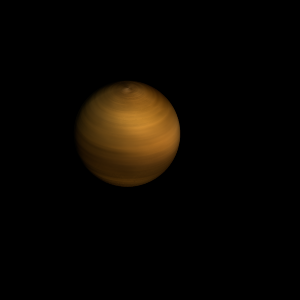|
|
Space Astro
|
Info for exoplanet "Cebe"
| Scientific (actual) data |
|---|
| Name | TOI-1136 d |
| Planet status | Confirmed |
| Planet mass | 0.02627 |
| Radius | 0.4128 |
| Orbital period | 12.5199 |
| Semi major axis | 0.1062 |
| Orbit eccentricity | 0.042 |
| Inclination | 89.2 |
| Discovered | 2022 |
| Updated | 2023-12-11 |
| Omega | -67 |
| Lambda angle | 5 |
| Impact parameter | 0.24 |
| K | 2.27 |
| Temperature (kelvin) | 843 |
| Publication | Published in a refereed paper |
| Detection type | Primary Transit |
| Mass measurement type | Radial Velocity |
| Radius measurement type | Primary Transit |
| Star name | TOI-1136 |
| Right ascension | 192.18° |
| Declination | 64.86° |
| Mag v | 9.5 |
| Star distance | 84.536 |
| Star metallicity | 0.07 |
| Star mass | 1.022 |
| Star radius | 0.968 |
| Star age | 0.7 |
| Star temperature | 5770 |
| Wikipedia article | TOI-1136 d |
Back
| |
| Fictional info (?) |
|---|
| Suggested name | Cebe |
| Planet type | Small warm gas planet |
| Because of its rapid rotation, the planet's shape is that of an oblate spheroid (it has a slight but noticeable bulge around the equator). |
| Atmosphere | Hydrogen chloride | 35% |
| Ammonium hydrosulfide (NH4SH) | 34% |
| Formaldehyde | 18% |
| Argon | 5% |
| Ethane | 4.3% |
| Carbonyl sulfide | 2.1% |
| Nitric oxide | 1.1% |
| Helium | 0.15% |
| Ammonia | 5.0E-6% |
| Atmospheric pressure | 40 bar |
 |
| No known satellites |
| Google search for Cebe |
|
Website by Joachim Michaelis
|
|
|
|